Song Song Gong Jak So - Jeonju Branch [Tax Refund Shop] (송송공작소 전주점)
3.7 Km 0 2024-04-22
21, Eunhaeng-ro, Wansan-gu, Jeonju-si, Jeollabuk-do
-
Ggol - Jeonju Branch [Tax Refund Shop] (꼴 전주점)
3.7 Km 0 2024-04-19
21, Eunhaeng-ro, Wansan-gu, Jeonju-si, Jeollabuk-do
-
Kakao Friends - Jeonju Hanok Village Branch [Tax Refund Shop] (카카오프렌즈 전주한옥마을)
3.7 Km 1 2024-04-19
1F, 126, Paldal-ro, Wansan-gu, Jeonju-si, Jeollabuk-do
-
Gyeonggijeon Shrine (경기전)
3.7 Km 55856 2024-05-27
44 Taejo-ro, Wansan-gu, Jeonju-si, Jeonbuk-do
+82-63-281-2790
A registered Historic Site, Gyeonggijeon Shrine was erected in 1410 and holds the portrait of King Tae-jo, the founder of the Joseon dynasty. The shrine was originally given the name Eoyongjeon, but was changed to its current name in 1442, the 24th year of King Sejong the Great. The structure was partially destroyed during the Imjin War (1592-1598), and was restored in 1614.
Jeonju Nanjang (전주난장)
3.7 Km 0 2024-04-06
33-20 Dongmun-gil, Wansan-gu, Jeonju-si, Jeonbuk-do
Jeonju Nanjang is a theme park style museum with over 25 years of materials for an attraction within Jeonju Hanok Village perfect for photo shoot and experience programs. There are more than 70 theme zones as well as a water well that is over 110 years old. Visitors can enjoy the retro feel as they roam around a museum filled with history.
Jeonju Pungnammun Gate (전주 풍남문)
3.7 Km 29322 2024-05-27
1 Pungnammun 3-gil, Wansan-gu, Jeonju-si, Jeonbuk-do
+82-63-287-6008
Pungnammun Gate was built during the Joseon dynasty in 1734 and is a designated Treasure. Pungnammun Gate was the southernmost gate among the four city gates of Jeonju. The structure was severely damaged by fire in 1767, followed by the restoration of the gate tower afterward. The gate was burnt down once again during the Imjin War and was restored to the gate that is seen today.
Inyeon Hanok (인연)
3.7 Km 4407 2024-07-01
36 , Hanji-gil, Wansan-gu, Jeonju-si, Jeonbuk-do
+82-10-2911-9349
Inyeon is a hanok stay positioned near the public parking lot in Jeonju Hanok Village, Jeollabuk-do - a little away from the bustling main streets and so a quiet place to stop. (The name Inyeon means ‘a special relationship’.) As well as bathrooms and AC, all guestrooms have bare-beam ceilings, lacquered hanji flooring and traditional household items evoking old-time village life. In the yard stands a 200-year-old pomegranate tree and a table made of reclaimed wood where visitors can rest. Free traditional games such as Yutnori and Jegichagi are provided.
Jeonju Kimchi Cultural Center (전주한옥마을 전주김치문화관)
3.8 Km 29358 2024-04-07
29, Eojin-gil, Wansan-gu, Jeonju-si, Jeonbuk-do
+82-63-287-6300
Jeonju Kimchi Cultural Center is located in Jeonju, a UNESCO-designated City of Gastronomy. At the center, visitors can learn about the wisdom and science behind kimchi and Korean food culture.
Jeonju Cultural Heritage Night Tour (전주문화유산야행, 다 같이 전주마블!)
3.8 Km 11471 2024-04-18
44 Taejo-ro, Wansan-gu, Jeonju-si, Jeonbuk-do
+82-63-232-9937
Jeonju Cultural Heritage Night Tour focuses on preserving and remembering Korea’s heritages and the ancestors’ spirits. Jeonju features many historical sites from the Joseon dynasty and traditional culture.
Jeonju Jeondong Catholic Cathedral (전주전동성당)
3.8 Km 52001 2024-05-27
51 Taejo-ro, Wansan-gu, Jeonju-si, Jeonbuk-do
Jeondong Catholic Cathedral in Jeonju was built in honor of Roman Catholic martyrs of the Joseon dynasty on the very same spot the martyrs lost their lives. The land was purchased by French Priest Baudenet in 1891 (28th year of King Gojong), but construction of the church did not begin until 1908. Construction was completed in 1914, a time during which Korea was under Japanese rule. Though originally built just outside of Pungnammun Gate, the site of the martyrs, the church was later moved to its current location for expansion.
The first Romanesque building in the Honam region, Jeondong Catholic Cathedral is made of gray and red bricks and bears a striking resemblance to the Myeongdong Cathedral in Seoul, also designed by Priest Poinel. Not only considered one of the most beautiful Catholic churches in Korea, some even go so far as to say it is one of the most beautiful structures in all of Korea, citing the church’s unique combination of Byzantine and Romanesque architectural styles. The rectangular building is topped with three Byzantine bell towers (to the right, center, and left) and boasts arched ceilings, several of which meet in the form of a cross.
It is interesting to note that some of the bricks used in construction of the church were made using materials from the Jeonjueupseong Walled Town, which was torn down by the Japanese. It is also said that the cornerstone of the church came from a wall of Jeonjueupseong Walled Town near Pungnammun Gate.

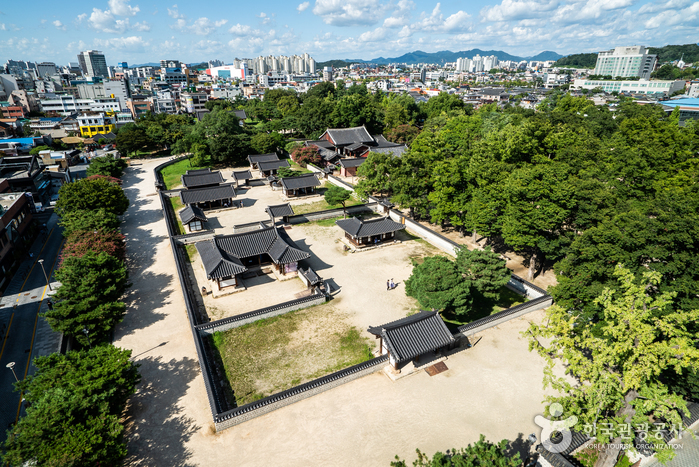
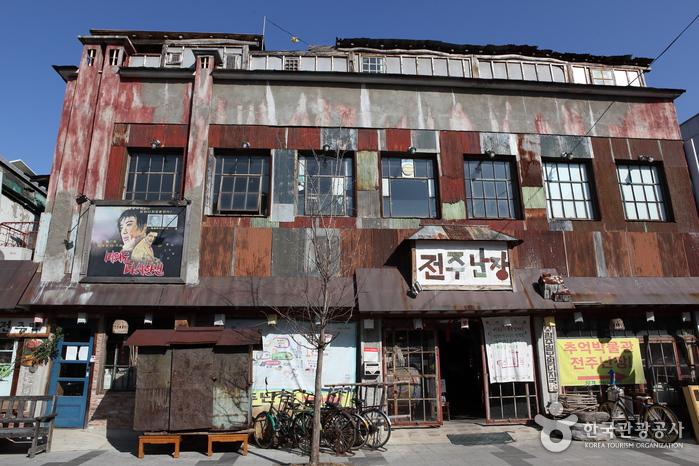
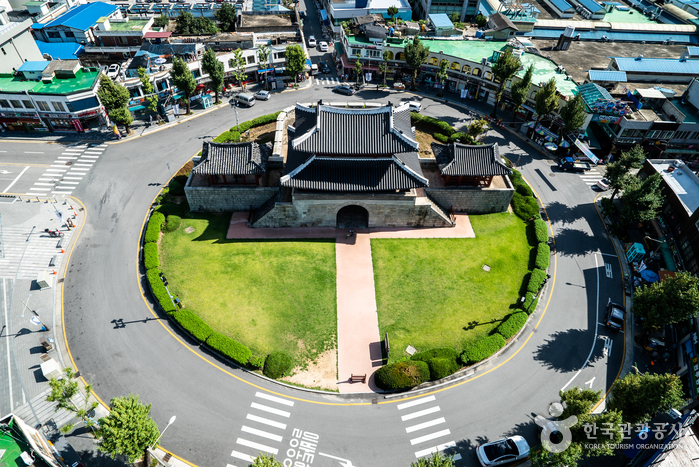
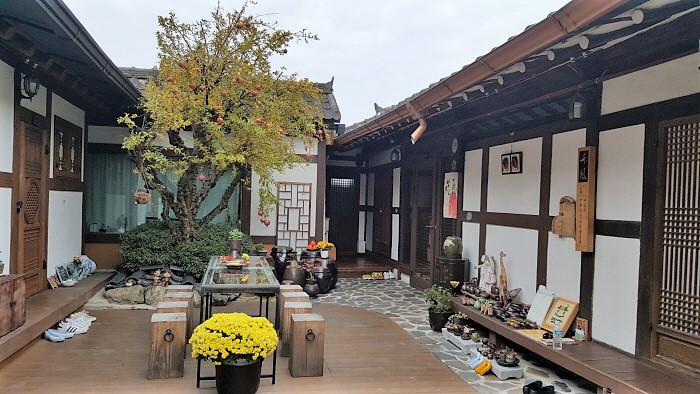
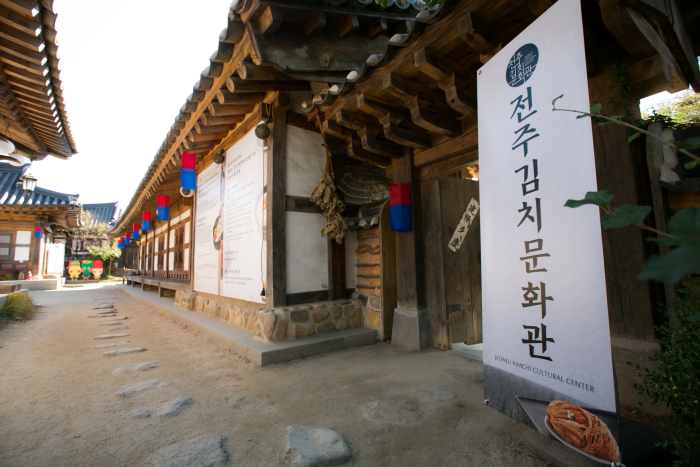
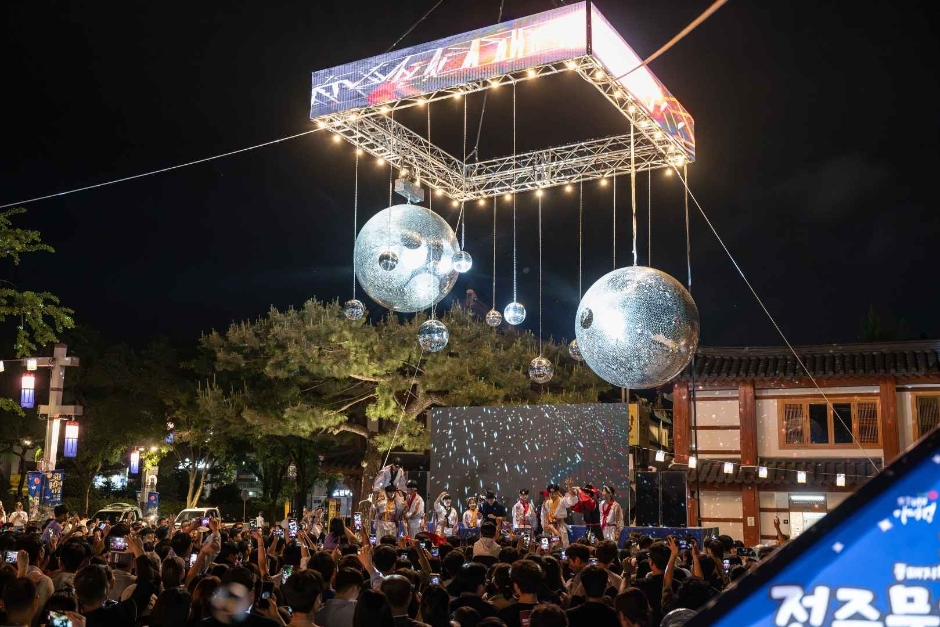

 English
English
 한국어
한국어 日本語
日本語 中文(简体)
中文(简体) Deutsch
Deutsch Français
Français Español
Español Русский
Русский